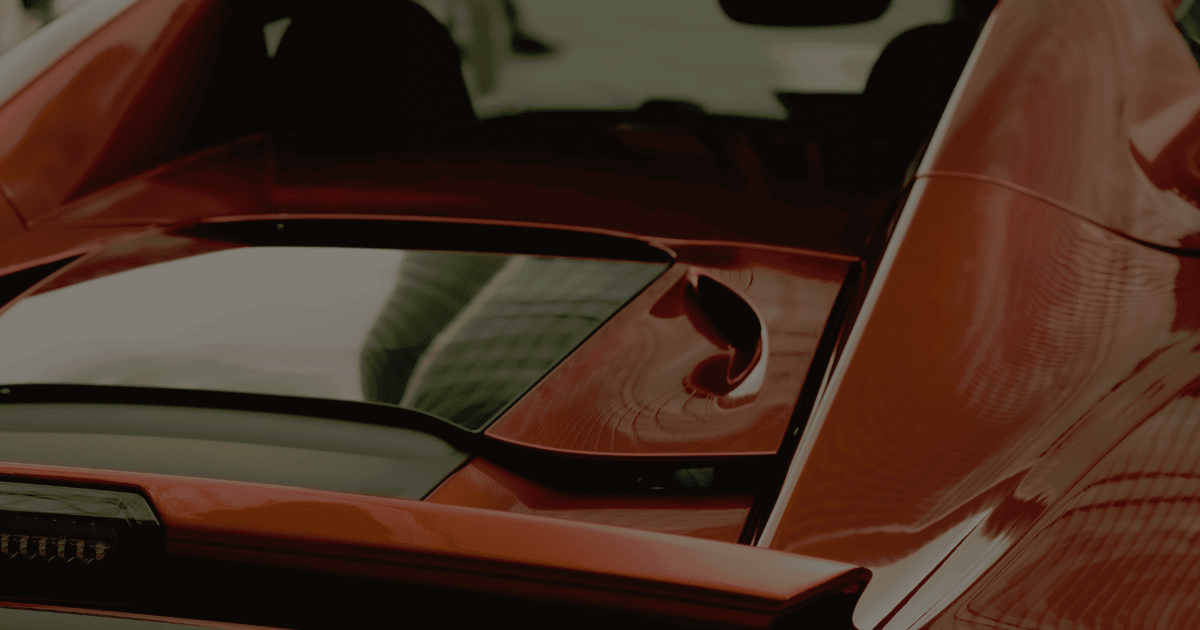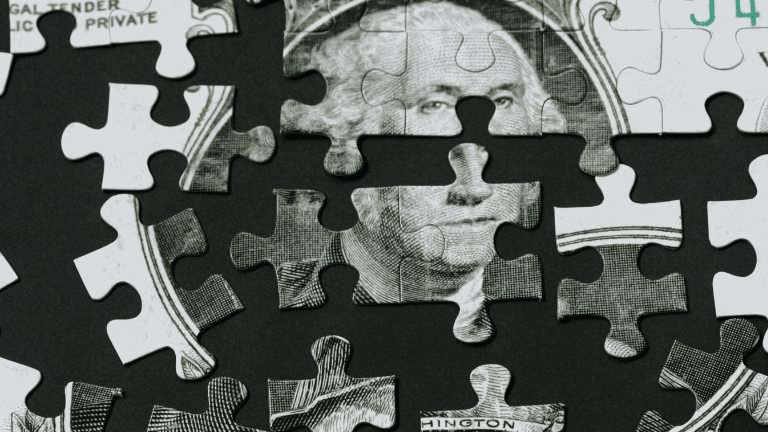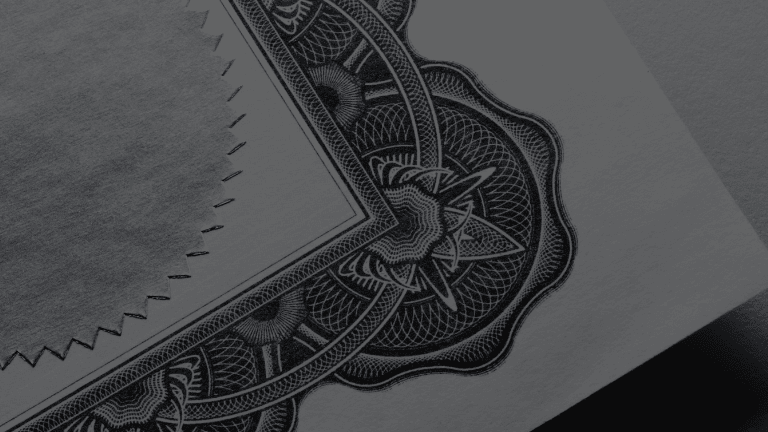Unlike other alternative investments, collectibles as an investment offer a unique blend of financial potential and personal passion. Whether you’re drawn to classic cars, fine wines, rare art, or vintage baseball cards, the process of investing in collectibles is as much about the joy of discovery and appreciation as it is about the financial returns. Brian Colvert, CFP® explores why this often-overlooked area of investing can be both rewarding and enjoyable on the most recent episode of The Field Guide Podcast.
Listen now!
iTunes | Spotify | iHeartRadio | Amazon Music
The World of Collectibles
Collectibles can range from classic cars to fine wines, from rare art to baseball cards. Remember the Beanie Baby craze? Almost anything can become a collectible if it has the potential to appreciate in value. The key is to recognize what will be worth more in the future. This takes not only knowledge but also a genuine passion for the items you are investing in.
The Dual Investment: Money and Time
Investing in collectibles involves much more than simply purchasing items. It requires extensive research into the industry, the specific products, and the nuances that affect their value. Understanding why a particular item might appreciate or depreciate, identifying its rarity, and distinguishing the subtle differences that make one item more valuable than another are all part of the due diligence process.
Why Passion Matters
To successfully invest in collectibles, you must dive deep into the industry. For example, let’s take collectible cars. If you think you’re going to collect Toyota Priuses and they’re going to appreciate in value, we all can agree that’s probably not going to happen. Those will probably depreciate like most cars do.
Versus if you had bought a McLaren P1 a few years ago when it first came out, it was roughly around a million dollars, and today the market value is roughly around two to two and a half million. So, that car is appreciating and getting more valuable as time goes on. Understanding the factors that contribute to such appreciation is essential.
The Nuances of Value
Why does a specific car, wine, watch, or painting by a particular artist increase in value? Several factors come into play: limited production numbers, unique manufacturing processes, or exclusivity through special clubs or memberships. These nuances are what make collectibles intriguing and why passion is necessary. Without a deep interest, the research required can be overwhelming.
Emotions vs. Investment
When investing in collectibles, it’s important to set aside personal preferences. Whether you enjoy looking at a piece of art, driving a classic car, or drinking fine wine, these emotions should not influence your investment decisions. Instead, focus on how the item was made, market trends, and future demand. Conducting thorough due diligence is critical.
The Risks and Rewards
Investing in collectibles can be challenging and volatile. The market for these items can fluctuate significantly, and there is always a risk involved, especially with high-value purchases. That’s why having a genuine passion for the collectible is essential. It drives the willingness to learn and understand the market, increasing the likelihood of making informed and successful investments.
A Balanced Approach
While collectibles can be a fun addition to any portfolio, they should only make up a small portion. Diversification is key to managing risk, and putting too much money into collectibles can be risky. However, with the right approach, it’s possible to enjoy the process and potentially see financial gains.
Taxation of Collectibles
When it comes to taxes, collectibles are subject to a different set of rules compared to stocks and bonds. The IRS categorizes collectibles as capital assets, which means they are subject to capital gains tax when sold for a profit. The long-term capital gains tax rate for collectibles is capped at 28%, which is higher than the 20% maximum rate for other long-term capital gains. If you hold a collectible for less than a year before selling it, the gain is considered short-term and is taxed at your ordinary income tax rate.
Here are a few key points to keep in mind:
- Basis and Gain Calculation: Your gain or loss on a collectible is the difference between your selling price and your basis (usually the purchase price plus any costs associated with acquiring the item).
Record Keeping: Maintain detailed records of your purchases, including receipts, to accurately report your basis. - Charitable Donations: If you donate a collectible to a qualified charity, you can generally deduct the fair market value of the item, provided you’ve held it for more than a year.
Insuring Your Collectibles
Proper insurance is crucial to protect the value of your collectibles. Standard homeowners’ insurance policies typically provide limited coverage for collectibles, often capping at a specific amount that may not cover the full value of your collection. Therefore, specialized insurance policies or riders specifically tailored to collectibles are advisable.
Here’s what you should consider:
- Appraisal: Get a professional appraisal to determine the current market value of your items. This ensures that you have the proper coverage amount.
- Documentation: Keep detailed records of each item in your collection, including photographs, receipts, and certificates of authenticity.
- Coverage Types: Look for policies that offer comprehensive coverage, including protection against theft, loss, and damage.
- Regular Updates: Regularly update your policy to reflect any changes in the value of your collection. Collectibles can fluctuate in value, and an outdated policy might not provide adequate coverage.
In Conclusion
Investing in collectibles can be both enjoyable and profitable if approached with the right mindset and preparation. It requires a combination of passion, knowledge, and careful research. While it’s important not to over-invest in any one collectible, incorporating them as a small part of your portfolio can add a fun and potentially rewarding dimension to your investment strategy.
Our Role in Your Collectible Investments
At Bonfire, we acknowledge the unique value of collectibles, even if we don’t specialize in this area. We can help you assess your overall portfolio to ensure it is balanced and not overly concentrated in any one type of collectible. We are also eager to learn about different collectible markets and how they might fit into your investment strategy.
>> Book a free consultation call with us today! <<
Enjoy your journey in the world of collectibles, and remember, we are here to help you ensure your overall investment strategy is sound. Happy collecting, and we look forward to hearing about your unique passions!
 Client Login
Client Login







